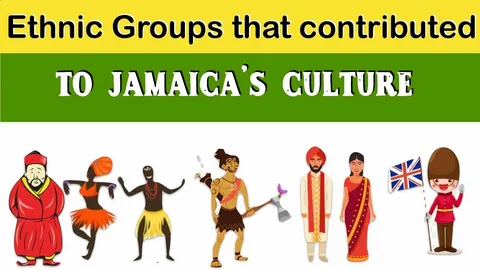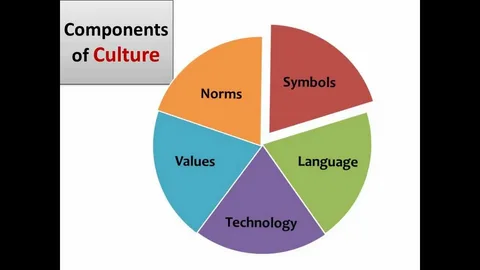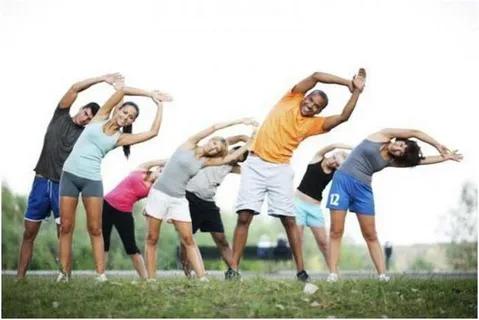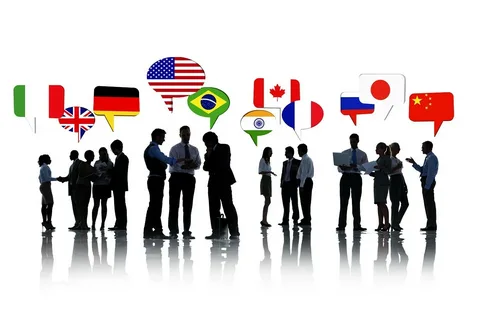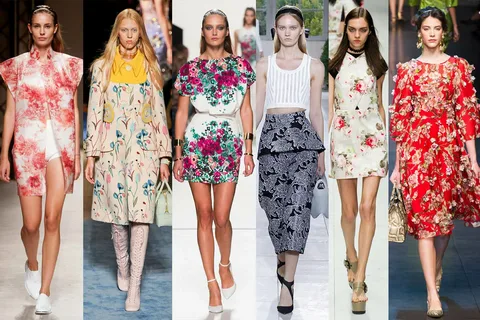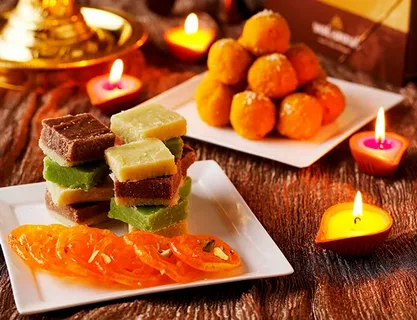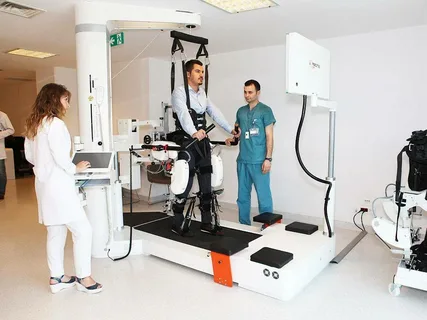Jamaica, a vibrant island in the Caribbean, is known for its stunning landscapes, vibrant music, and rich history. But beyond the beaches and reggae rhythms, Jamaican culture is a unique and fascinating blend of various influences, creating a distinctive identity that is celebrated worldwide. In this blog, we’ll explore the characteristics of Jamaican culture, delving into its traditions, language, values, and artistic expressions. Whether you’re planning to visit Jamaica or simply interested in learning about the island’s cultural heritage, this guide from DailyArc offers a deep dive into the essential elements that define Jamaican culture.
1. Language: Patois and English
One of the most unique characteristics of Jamaican culture is its language. While English is the official language of Jamaica, many Jamaicans speak Jamaican Patois (also known as Jamaican Creole) in everyday conversation. This language blends elements of English, African, Spanish, and other languages, and has become a significant part of the country’s identity.
- Importance: Patois reflects the island’s history of colonization, slavery, and migration. It is used as a means of cultural expression and is an essential part of Jamaican music, especially reggae.
- Example: Popular phrases like “Wah gwaan?” (What’s going on?) and “Mi deh yah” (I’m here) are commonly heard in Jamaican communities.
2. Music: Reggae and Dancehall
Jamaica is globally renowned for its music, and it plays a pivotal role in the nation’s cultural identity. The birthplace of reggae music, Jamaica, gave rise to iconic artists like Bob Marley, whose messages of peace, unity, and social justice have resonated worldwide. Dancehall music is also popular, reflecting a more modern style and energetic rhythms.
- Importance: Music is at the heart of Jamaican culture, influencing everything from politics to social movements. It serves as both entertainment and a tool for social change.
- Example: Songs like Bob Marley’s “One Love” or Shabba Ranks’ “Mr. Loverman” are iconic examples of the island’s influence on the global music scene.
3. Cuisine: Bold Flavors and Traditions
Jamaican cuisine is a flavorful mix of spices, fresh ingredients, and traditional cooking techniques. Jerk chicken, ackee and saltfish (the national dish), and curried goat are just a few of the island’s beloved dishes. Food plays an integral role in social gatherings, celebrations, and everyday life.
- Importance: Jamaican food reflects the island’s cultural melting pot, with African, Indian, Spanish, and British influences coming together in unique and delicious ways.
- Example: The famous Jamaican patties, filled with spiced meat or vegetables, are a popular snack enjoyed by locals and visitors alike.
4. Family and Social Values
Family holds a central place in Jamaican society. Traditionally, Jamaican families are close-knit, and there is a strong emphasis on respect for elders, loyalty, and togetherness. The concept of community is also essential, with neighbors and friends often forming extended family-like networks.
- Importance: Strong family ties provide emotional and financial support, and the sense of unity is a cornerstone of Jamaican culture.
- Example: Celebrations such as weddings, birthdays, and community events are often large, lively affairs, with family members and friends gathering to share joy and support one another.
5. Religion and Spirituality
Jamaica is a deeply spiritual country, with Christianity being the dominant religion, but the island also has significant populations practicing Rastafarianism, a religion that emerged in Jamaica in the 1930s. Rastafarianism, which gained global recognition through figures like Bob Marley, promotes peace, love, and reverence for the divine, often symbolized by the colors of the Ethiopian flag: red, green, and gold.
- Importance: Religion and spirituality are closely tied to Jamaican culture, influencing everything from lifestyle choices to the island’s music and politics.
- Example: Rastafarian influence is evident in cultural expressions like dreadlocks, the use of the ital diet (a natural vegetarian lifestyle), and the celebration of Haile Selassie as a divine figure.
Ethnicity=symbolic culture. Race=phenotypical characteristics and origin. Nationality=birth/citizenship. She is of American nationality and of Jamaican/African and Indian/Tamil descent. U guys just don't get this multicultural thing do you? She is an amalgam of ethnic groups. pic.twitter.com/EvbWGF6c3V
— TrinityStar22 (@HelloKameHaHaHa) August 18, 2020
6. Festivals and Celebrations
Jamaicans love to celebrate, and many vibrant festivals showcase the island’s culture. Notable events include Carnival, Reggae Sumfest, and Jamaica Independence Day. These festivals feature music, dance, food, and traditional performances, and they bring people together in celebration of Jamaican pride and heritage.
- Importance: Festivals allow Jamaicans to express their cultural identity and share it with the world. They also serve as a time for reflection and celebration of important historical events.
- Example: Jamaica Carnival is one of the largest celebrations on the island, filled with colorful costumes, lively music, and dance.
7. Art and Dance
Jamaican art is vibrant and often inspired by the country’s natural beauty, social issues, and history. Traditional Jamaican folk art includes wood carvings, paintings, and crafts, often depicting aspects of everyday life, spirituality, and the island’s landscapes.
- Importance: Art is a reflection of the cultural soul of Jamaica, offering insight into the country’s past, present, and future.
- Example: Mento music, an earlier form of Jamaican folk music, and traditional dances like the mento, ska, and rocksteady are rooted in the island’s artistic heritage.
8. Respect for Nature
Jamaica’s lush, tropical environment plays a crucial role in shaping the culture. From its stunning beaches to its towering mountains, the natural world is deeply ingrained in the island’s way of life. The people of Jamaica have a profound respect for nature, with many cultural practices, music, and art drawing inspiration from the land and sea.
- Importance: Jamaica’s diverse natural resources have contributed to its cultural development, influencing everything from agricultural practices to cultural rituals and beliefs.
- Example: The Blue Mountains, famous for producing some of the world’s finest coffee, symbolize the island’s natural beauty and importance of the environment.
Conclusion
The characteristics of Jamaican culture paint a picture of a dynamic, diverse, and deeply rooted society. From the rhythms of reggae music to the rich flavors of Jamaican cuisine, the island’s culture is a true reflection of its history, people, and natural beauty. At DailyArc, we celebrate the beauty of cultural diversity and encourage everyone to explore the world’s unique traditions and heritages.
Jamaican culture is a vibrant expression of community, spirituality, art, and history, offering a glimpse into a society that values its roots and celebrates its individuality. Whether you are experiencing the island firsthand or simply appreciating its influence on global culture, Jamaican culture is a testament to the power of unity, creativity, and resilience.

